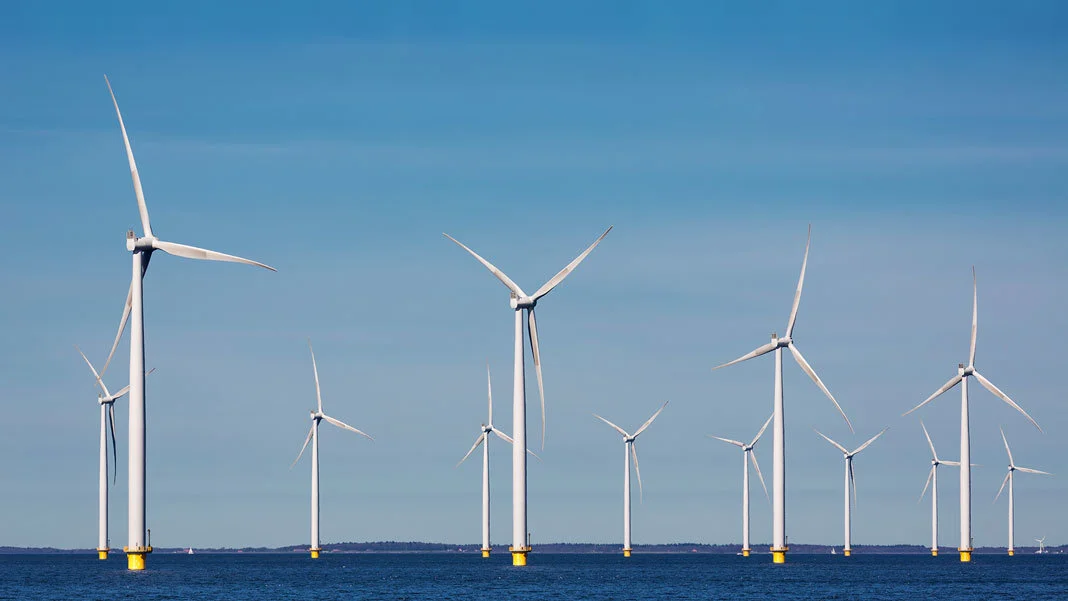
The Netherlands recently encountered a significant hurdle in its
offshore wind ambitions. No companies submitted bids for the Nederwiek I‑A
offshore wind farm, a planned 1 GW project located approximately 100 kilometres
off the coast of Texel in the North Sea. Originally, the wind farm was expected
to start supplying electricity by 2030, generating enough power to cover the
needs of around one million households. Now, a new tender process is required,
delaying the project and potentially increasing costs for the national grid
operator, TenneT.
Why the Tender Failed?
Caretaker Minister for Climate and Green Growth, Sophie Hermans,
explained that several factors contributed to the lack of bids. Since 2018, the
Dutch government had stopped awarding subsidies for offshore wind, leaving
developers to rely solely on market-based returns. At the same time, the cost
of constructing offshore wind farms has risen sharply due to supply chain
pressures, higher raw material prices, and global demand for specialized
vessels and equipment.
Additionally, the pace of the energy transition has been slower than
expected, which has made investors more cautious about committing to large,
high-risk projects. The combination of rising costs and market uncertainty has
created a challenging environment for developers, especially under the previous
subsidy-free tender model.
Government Response
In response to the failed tender, the Dutch government announced
plans to reintroduce subsidies for offshore wind farms starting next year. The
government also plans to adjust tender requirements to make investment more
attractive, including simplifying certain criteria, reducing the scale of the
project, and providing financial support mechanisms to mitigate early-stage
risks.
Minister Hermans emphasized that, despite this setback, offshore
wind remains a critical part of the Netherlands’ energy transition strategy.
Expanding offshore wind capacity is essential not only for meeting climate
targets but also for enhancing the country’s energy independence and security.
Broader Implications
The failure of the Nederwiek I‑A tender highlights the complex
realities of offshore wind development. Even in mature markets like the
Netherlands, factors such as financing, construction costs, and market
uncertainty can create significant challenges. This situation also underscores the
importance of carefully designed tender processes, financial support, and
long-term planning to ensure projects remain viable.
Delays in offshore wind development could affect the Netherlands’
broader goal of increasing offshore capacity from 4.7 GW to 21 GW by 2031,
potentially slowing progress toward carbon reduction targets. At the same time,
lessons from this experience can help shape future tenders, making them more
attractive to investors while maintaining ambitious sustainability objectives.
Looking Ahead
Despite current challenges, offshore wind remains one of the fastest
growing and most promising sources of renewable energy in Europe. Projects like
Nederwiek I‑A play a vital role in reducing carbon emissions and supporting
energy security. By adjusting policies, providing financial incentives, and
refining tender designs, the Netherlands can continue to foster growth in this
critical sector.
While the failed tender is a setback, it also offers an opportunity
to learn, adapt, and strengthen the framework for future offshore wind
development. With strategic planning and support, the Netherlands can continue
to lead in offshore wind and build a sustainable, resilient energy future.
References
Netherlands Enterprise Agency .
(2025). Nederwiek – General Information. Retrieved from Netherlands
Enterprise Agency :
https://offshorewind.rvo.nl/page/view/91063764-5eb7-428e-9c6e-e38fcf3adf22/general-information-nederwiek?utm_source=chatgpt.com
NL Times. (2025, October 31). Not a
single company wants to build a Dutch offshore wind farm in the North Sea.
Retrieved from NL Times:
https://nltimes.nl/2025/10/31/single-company-wants-build-dutch-offshore-wind-farm-north-sea
Photo:
https://singularityhub.com/wp-content/uploads/2019/06/offshore-farms-wind-turbine-energy-shutterstock-617479472-1068×601.jpg
